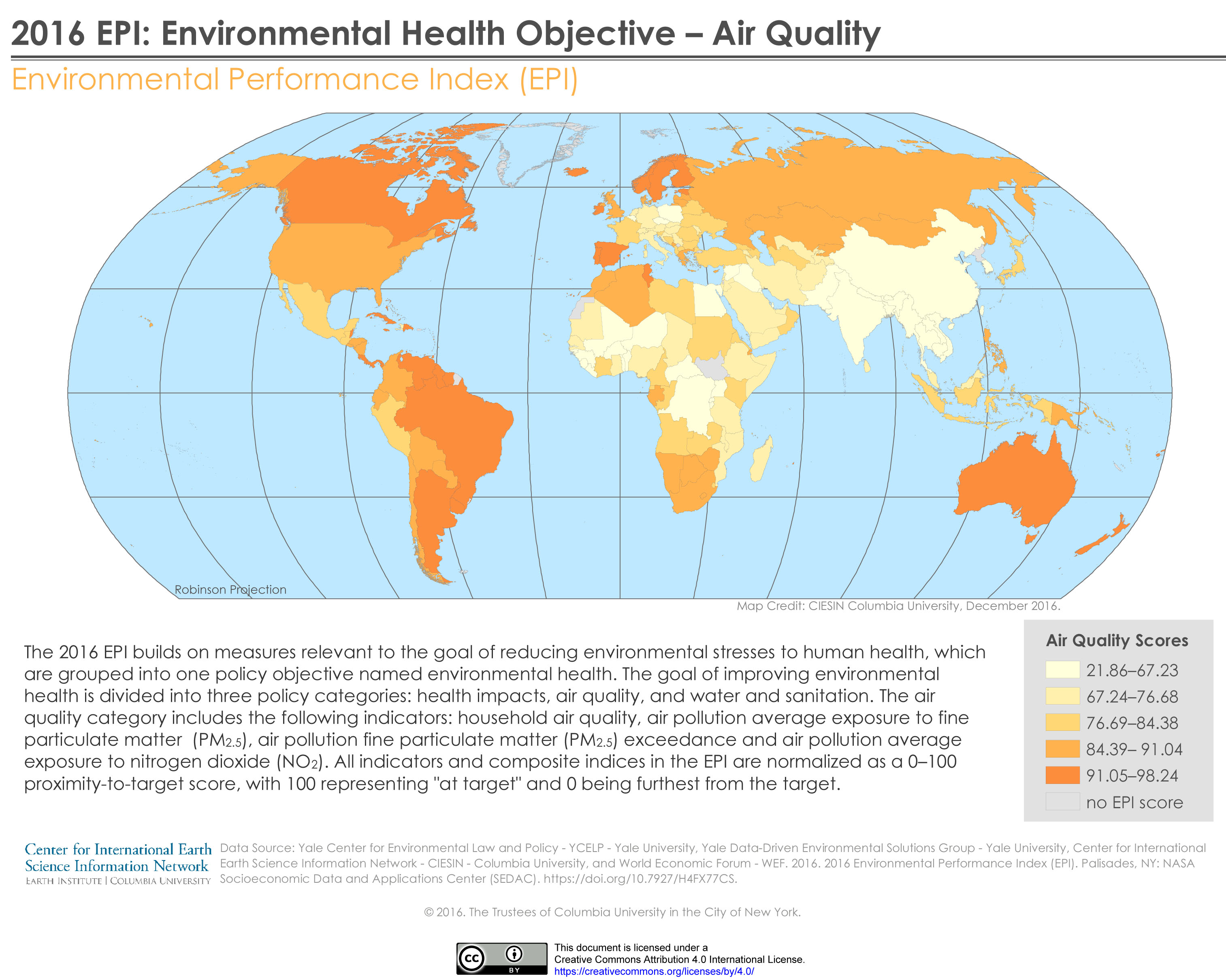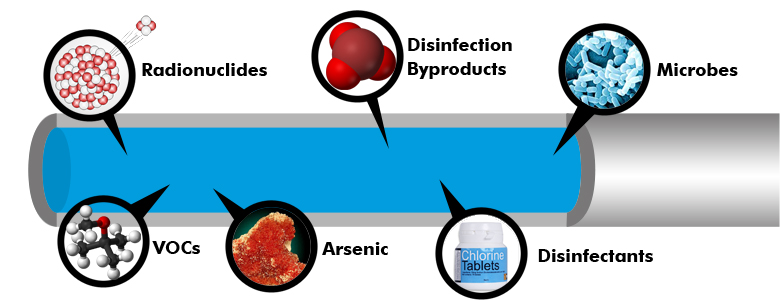Introduction:
Volatile Organic Compounds, commonly referred to as VOCs, are a diverse class of chemicals that can be found in various everyday products, including paint. While these compounds play a crucial role in paint formulation and application processes, it is essential to acknowledge the potential dangers they pose to human health and the environment. This article aims to explore the reasons why VOCs in paint are considered hazardous, shedding light on their detrimental effects and the importance of adopting alternative, low VOC options. By delving into the technical aspects of VOCs, we will gain a comprehensive understanding of their risks, enabling us to make informed decisions for a healthier and safer painting experience.
Table of Contents
- Potential Health Risks Associated with VOCs in Paint
- Impact on Indoor Air Quality and Respiratory Health
- Environmental Hazards Caused by VOCs in Paint
- Safeguarding Against VOC Exposure: Recommended Safety Measures
- Q&A
- Wrapping Up

Potential Health Risks Associated with VOCs in Paint
Volatile organic compounds (VOCs) present a significant concern when it comes to paint and its potential health risks. Understanding the various health hazards associated with VOCs is crucial for both consumers and professionals in the industry. Below is a comprehensive list of some of the key health risks associated with VOCs in paint:
- Irritation: VOCs emitted from paint can irritate the eyes, nose, and throat, causing discomfort and respiratory symptoms.
- Allergies: Prolonged exposure to VOCs may trigger allergic reactions in individuals who are sensitive to these compounds.
- Headaches and Dizziness: Inhalation of high levels of VOCs can lead to headaches, dizziness, and even nausea.
- Nervous System Effects: Certain VOCs, such as benzene and toluene, have been linked to potential disruption of the central nervous system, resulting in neurological symptoms.
- Respiratory Issues: VOC exposure can worsen existing respiratory conditions, such as asthma, and may also contribute to the development of respiratory problems in healthy individuals.
It is essential to note that the severity of these risks depends on the specific VOCs present in the paint, their concentration, and the duration of exposure. Therefore, proper ventilation, using low-VOC or zero-VOC paints, and following recommended safety measures play a critical role in minimizing potential health effects. Stay informed and make informed decisions when selecting and handling paint products to safeguard your health and well-being.
Impact on Indoor Air Quality and Respiratory Health
Poor indoor air quality can have significant impacts on respiratory health, leading to a range of respiratory problems and exacerbating existing conditions. The presence of pollutants, such as dust, mold spores, pet dander, and volatile organic compounds (VOCs), can contribute to the development of respiratory issues. These pollutants can be introduced into indoor spaces through various sources, including inadequate ventilation, smoking, and the use of certain household products.
Exposure to poor indoor air quality has been linked to an increased risk of respiratory infections, allergies, asthma, and other respiratory diseases. Long-term exposure to indoor air pollutants can cause chronic respiratory conditions, reduce lung function, and even contribute to the development of lung cancer. It is essential to address and mitigate the factors that impact indoor air quality to ensure a healthy and comfortable living environment.
- Common indoor air pollutants include:
- Dust: Consisting of particles like pollen, fibers, and skin cells, dust can trigger allergies and respiratory irritation.
- Mold Spores: Mold growth in damp areas can release spores that lead to allergic reactions and respiratory symptoms.
- Pet Dander: Small skin particles shed by pets can trigger asthma attacks and allergic reactions in susceptible individuals.
- Volatile Organic Compounds (VOCs): These are emitted by various sources like cleaning products, paints, and furniture, and can cause irritation of the eyes, nose, and throat.

Environmental Hazards Caused by VOCs in Paint
When it comes to paint, volatile organic compounds (VOCs) pose a significant threat to the environment. These chemical compounds have increasingly gained attention due to their adverse impact on air quality, global warming potential, and contribution to ozone depletion. Understanding the is crucial for promoting sustainable practices in the painting industry.
Poor air quality: VOCs emitted during the application and drying process of paint can have detrimental effects on indoor and outdoor air quality. These compounds react with sunlight and other atmospheric pollutants to form ground-level ozone, a primary component of smog. Long-term exposure to high levels of ozone can result in respiratory problems and worsen asthma symptoms.
Global warming potential: VOCs play a significant role in the depletion of the ozone layer and contribute to global warming. When released into the atmosphere, VOCs react with sunlight and other pollutants to form ground-level ozone, contributing to the greenhouse effect. This phenomenon traps heat in the Earth’s atmosphere, leading to rising temperatures and climate change.

Safeguarding Against VOC Exposure: Recommended Safety Measures
When working in environments where Volatile Organic Compounds (VOCs) are present, it is important to implement proper safety measures to protect yourself and those around you. Exposure to VOCs can have detrimental effects on human health, ranging from short-term irritations to long-term respiratory issues and even cancer. Follow these essential safety precautions to minimize the risk of VOC exposure:
- Ventilation: Ensure adequate ventilation in your workspace by opening windows, using fans, or implementing a ventilation system. This helps to dilute and remove VOCs from the air.
- Protective Equipment: Wear appropriate personal protective equipment (PPE) such as gloves, goggles, and a respirator if required. This safeguards against direct contact with VOCs and inhalation of harmful vapors.
- Storage and Handling: Store volatile chemicals in sealed containers and handle them in well-ventilated areas. Properly label all containers to prevent accidental exposure and follow recommended storage guidelines.
- Avoidance: Minimize VOC exposure by limiting the time spent in areas with high concentrations of VOCs. Whenever possible, choose alternative materials or processes with lower VOC emissions.
Remember, by taking these safety precautions, you significantly reduce the risks associated with VOC exposure. Always prioritize your well-being and that of others when working in VOC-rich settings. Regularly review and update your safety protocols to ensure a safe and healthy work environment for everyone.
Q&A
Q: What are VOCs in paint?
A: VOCs, or volatile organic compounds, are a group of chemicals that are commonly found in many types of paint. These compounds easily vaporize at room temperature and are responsible for the strong and distinct odor associated with freshly painted rooms.
Q: Why are VOCs considered dangerous?
A: VOCs pose potential health risks to both humans and the environment. When inhaled, these chemicals can cause a range of health ailments, such as eye, nose, and throat irritation, headaches, dizziness, and difficulty breathing. Long-term exposure to high levels of VOCs has been linked to more severe respiratory conditions and even increased risk of developing cancer.
Q: How do VOCs affect indoor air quality?
A: VOCs released from paint can significantly contribute to poor indoor air quality. While the initial strong odor may dissipate after a few hours, VOCs can continue to be emitted into the air for several weeks or even months after painting. This continuous release of harmful chemicals can lead to prolonged exposure and worsen indoor air quality, particularly in poorly ventilated spaces.
Q: Which types of paints typically contain high levels of VOCs?
A: Oil-based paints, varnishes, and certain types of enamel finishes tend to have high VOC content. These products can contain VOC levels that are significantly higher than those found in water-based or latex paints. It is recommended to be particularly cautious when using oil-based paints indoors due to their higher VOC emission rates.
Q: Are there regulations in place to control VOC emissions from paints?
A: Yes, many countries and regions have implemented regulations to limit VOC emissions from paints. These regulations often set maximum allowable VOC content for different types of paints, ensuring that manufacturers adhere to stricter standards. Compliance with these regulations helps reduce the potential health risks and environmental impact associated with VOCs in paint.
Q: What can individuals do to minimize their exposure to VOCs in paint?
A: To minimize exposure to VOCs from paint, individuals can choose paints with low or zero VOC content. Nowadays, many manufacturers offer low-VOC or VOC-free paint options that emit significantly fewer harmful chemicals. It is also essential to ensure proper ventilation in painting areas by opening windows or using exhaust fans to facilitate air circulation and reduce the concentration of VOCs.
Q: Can VOCs be harmful to the environment?
A: Yes, VOC emissions from paints can have adverse effects on the environment. These compounds contribute to the formation of ground-level ozone, a key component of smog, which is associated with adverse health effects and environmental damage. VOCs can also react with other pollutants and contribute to the formation of particulate matter and secondary organic aerosols, negatively impacting air quality.
Q: How can one safely dispose of paint containing VOCs?
A: Disposing of paint containing VOCs should be done responsibly. Many local municipalities or waste management facilities have specific guidelines for paint disposal. Proper disposal may involve taking unused paint to designated collection sites, recycling programs, or following instructions to dry out the leftover paint before throwing it away. It is important not to pour paint down drains or dispose of it in regular trash as it can contaminate water sources and harm the environment.
Q: Are there safer alternatives to traditional paints with high VOC content?
A: Yes, with increasing awareness of the potential health risks associated with VOCs in paint, several eco-friendly alternatives have emerged. Water-based or latex paints typically have significantly lower VOC content and emit fewer harmful chemicals. Similarly, there are natural and organic paint options available that utilize plant-based or mineral ingredients. These alternatives offer safer choices for those concerned about their health and the environment.
In Summary
In conclusion, the detrimental impact of Volatile Organic Compounds (VOCs) in paint cannot be overlooked. The substantial risks associated with the emission of VOCs during the painting process make it evident that caution should be exercised when selecting and using such products. VOCs present a plethora of health hazards, including respiratory and neurological issues, as well as long-term consequences such as damaging the environment. Ample evidence demonstrates the correlation between exposure to VOCs and the development of various ailments. Consequently, it becomes imperative for consumers, painters, and regulatory bodies to prioritize the utilization of low-VOC or VOC-free paints to mitigate health and environmental risks. By taking preventive measures, such as opting for water-based or natural paint alternatives, individuals can significantly reduce their exposure to dangerous VOCs. Stricter regulations and public awareness campaigns should be fostered to address this pressing issue comprehensively. It is crucial for manufacturers, industry stakeholders, and consumers to collaborate in a collective effort toward a safer and healthier future, where VOC emissions from paint are diminished significantly. Only by acknowledging the dangers posed by VOCs in paint can we pave the way for more sustainable and responsible practices in the realm of painting and coating applications.

